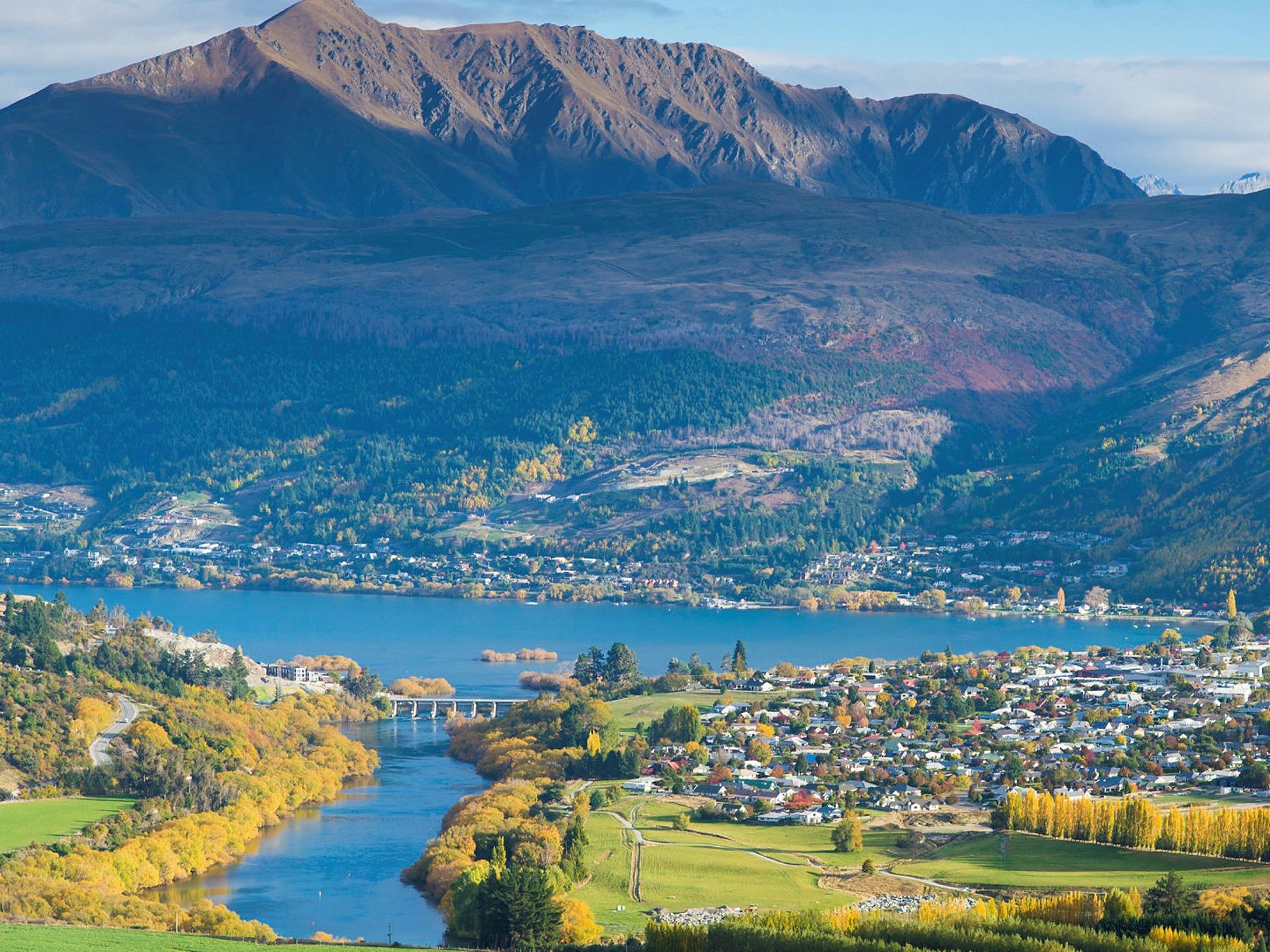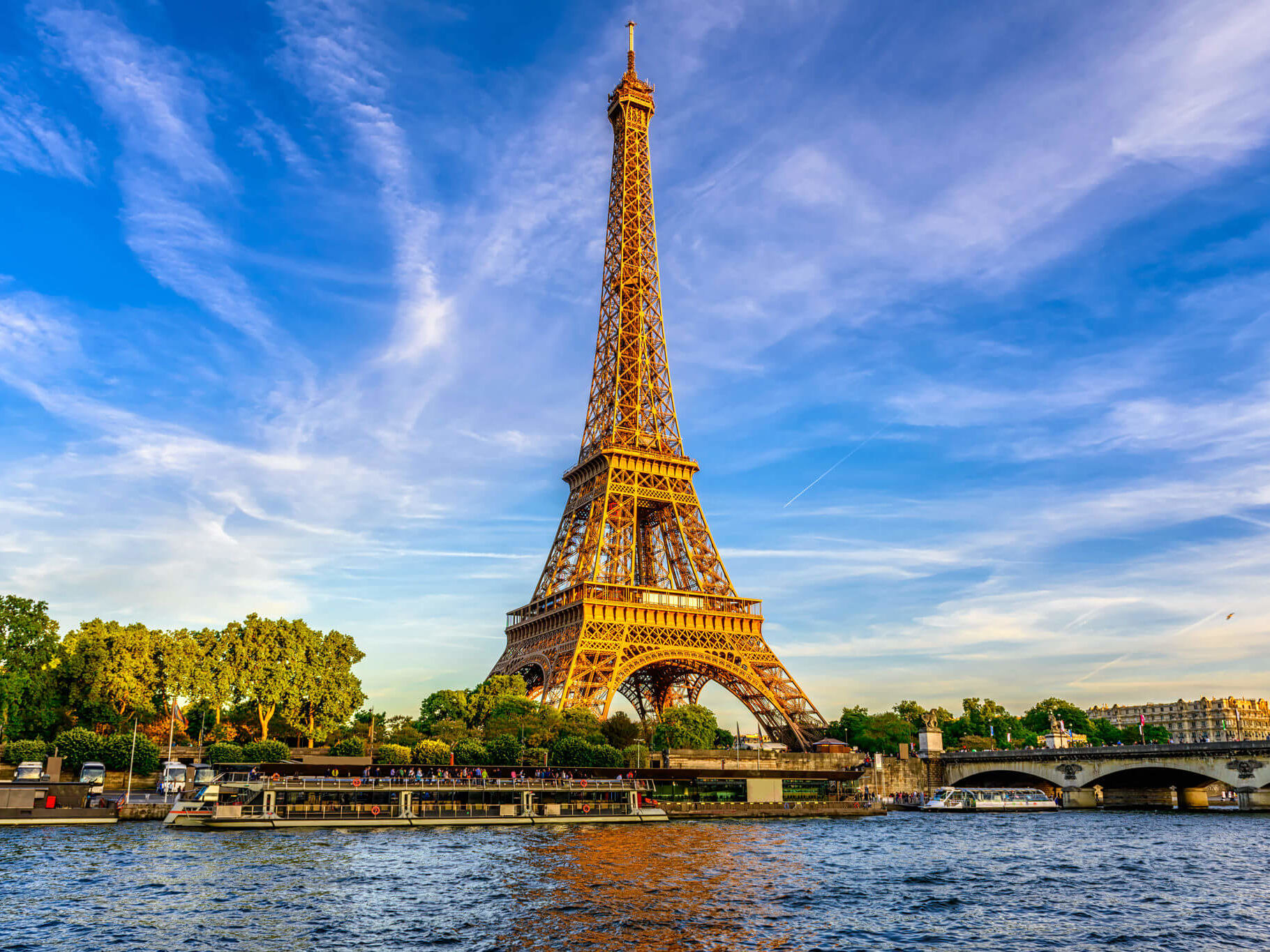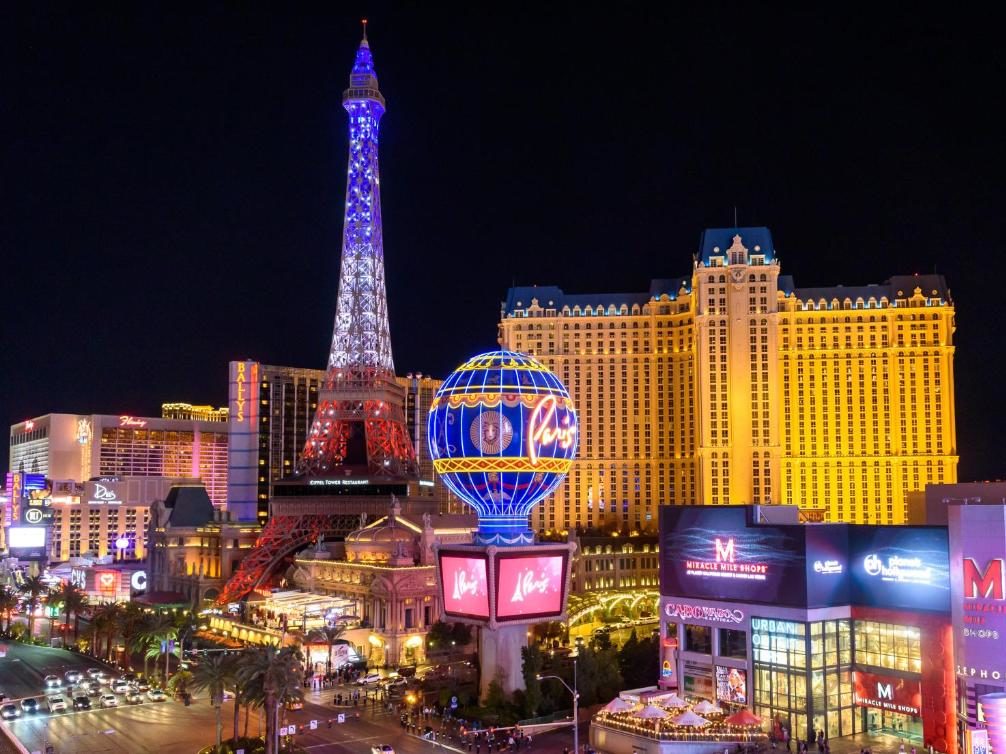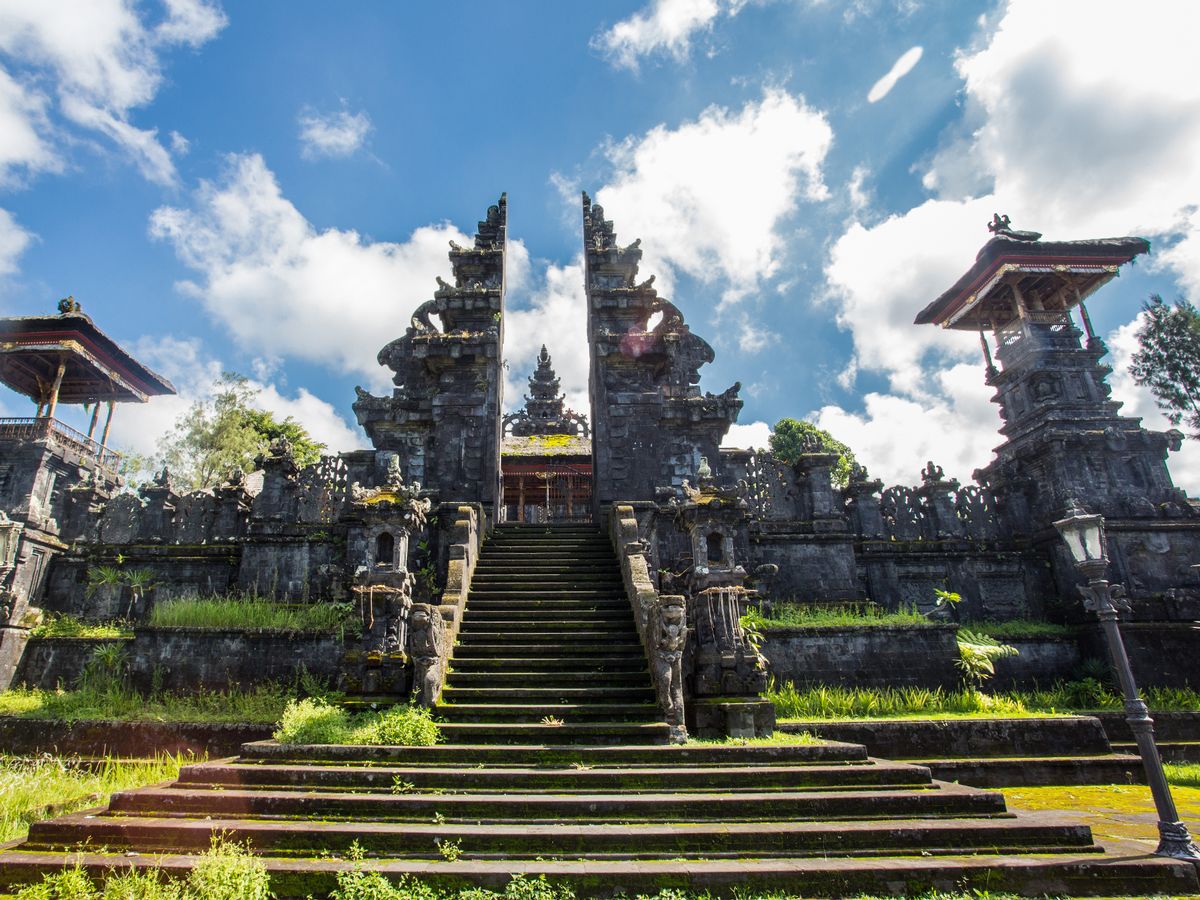Kuala Lumpur
Kuala Lumpur is a federal territory and the capital city of Malaysia. It is the largest city in Malaysia, covering an area of 243 km2 (94 sq mi) with an estimated population of 1.73 million as of 2016. Greater Kuala Lumpur, also known as the Klang Valley, is an urban agglomeration of 7.564 million people as of 2018. It is among the fastest growing metropolitan regions in Southeast Asia, both in population and economic development.
The city serves as the cultural, financial, and economic centre of Malaysia. It is also home to the Parliament of Malaysia, and the Istana Negara, the official residence of the Yang di-Pertuan Agong (monarch of Malaysia). Kuala Lumpur first developed around 1857 as a town serving the tin mines of the region and served as the capital of Selangor from 1880 until 1978. Kuala Lumpur was the founding capital of the Federation of Malaya and its successor Malaysia, and the city remained the seat of the executive and judicial branches of the Malaysian federal government until these were relocated to Putrajaya in early 1999. However, some sections of the political bodies still remain in Kuala Lumpur.
Kuala Lumpur is one of the three federal territories of Malaysia, enclaved within the state of Selangor, on the central west coast of Peninsular Malaysia. Since the 1990s, the city has played host to many international sporting, political and cultural events including the 1998 Commonwealth Games and the 2017 Southeast Asian Games. Kuala Lumpur has undergone rapid development in recent decades and is home to the tallest twin buildings in the world, the Petronas Towers, which have since become an iconic symbol of Malaysian development.
It has a comprehensive road system supported by an extensive range of public transport networks, such as mass rapid transit (MRT), light rapid transit (LRT), monorail, commuter rail, public buses, hop on & hop off buses (free of charge) and airport rail links. Kuala Lumpur is one of the leading cities in the world for tourism and shopping, the 6th most-visited city in the world in 2019. The city houses three of the world’s ten largest shopping malls.
Kuala Lumpur ranks 70th in the world and second in Southeast Asia for Economist Intelligence Unit’s Global Liveability Ranking and ninth in ASPAC and second in Southeast Asia for KPMG’s Leading Technology Innovation Hub 2021. Kuala Lumpur was named World Book Capital 2020 by UNESCO.
Etymology
Kuala Lumpur means “muddy confluence” in Malay; Kuala is the point where two rivers join together or an estuary, and lumpur means “mud”. One suggestion is that it was named after Sungai Lumpur (“muddy river”); in the 1820s Sungai Lumpur was the most important tin-producing settlement up the Klang River. However this derivation does not account for this: Kuala Lumpur lies at the confluence of Gombak River and Klang River, and therefore should be named Kuala Gombak, since the kuala is typically named after the river that joins a larger river or the sea. Some have argued that Sungai Lumpur in fact extended down to the confluence and therefore the point where it joined the Klang River would be Kuala Lumpur, although this Sungai Lumpur is said to be another river joining the Klang River 1.5 kilometres (1 mile) upstream from the Gombak confluence, or perhaps located to the north of the Batu Caves area.
It has also been proposed that Kuala Lumpur was originally named Pengkalan Lumpur (“muddy landing place”) in the same way that Klang was once called Pengkalan Batu (“stone landing place”), but became corrupted into Kuala Lumpur. Another theory says that it was initially a Cantonese word, lam-pa, meaning ‘flooded jungle’ or ‘decayed jungle’. There is no firm contemporary evidence for these suggestions other than anecdotes. The name may also be a corrupted form of an earlier forgotten name.
History
Nobody specifically knows who founded or named Kuala Lumpur. Chinese miners were involved in tin mining up the Selangor River in the 1840s about 16 kilometres (10 miles) north of present-day Kuala Lumpur, and Mandailing Sumatrans led by Raja Asal and Sutan Puasa were also involved in tin mining and trade in the Ulu Klang region before 1860, and Sumatrans may have settled in the upper reaches of Klang River in the first quarter of the 19th century, or possibly earlier. Kuala Lumpur was originally a small hamlet of just a few houses and shops at the confluence of the Sungai Gombak and Sungai Klang (Klang River). Kuala Lumpur became established as a town circa 1857, when the Malay Chief of Klang, Raja Abdullah bin Raja Jaafar, aided by his brother Raja Juma’at of Lukut, raised funds from Malaccan Chinese businessmen to hire Chinese miners from Lukut to open new tin mines there. The miners landed at Kuala Lumpur and continued on foot to Ampang, where they opened the first mine. Kuala Lumpur was the furthest point up the Klang River to which supplies could conveniently be brought by boat, and therefore became a collection and dispersal point serving the tin mines.
Despite a high death toll from the malarial conditions of the jungle, the Ampang mines succeeded, and exported the first tin in 1859. At that time, Sutan Puasa was already trading near Ampang. Two traders from Lukut, Hiu Siew and Yap Ah Sze, arrived in Kuala Lumpur and set up shops to sell provisions to miners in exchange for tin. The town, spurred on by tin-mining, started to develop around Old Market Square (Medan Pasar), with roads radiating out towards Ampang as well as Pudu and Batu (the destinations became the names of these roads), where miners had also begun to settle in, and Petaling and Damansara. The miners formed gangs and the gangs frequently fought in this period, particularly factions of Kuala Lumpur and Kanching, mainly over control of the best tin mines.[38] Leaders of the Chinese community were conferred the title of Kapitan Cina (Chinese headman) by the Malay chief, and Hiu Siew, the early Chinese trader, became the first Kapitan of Kuala Lumpur. The third Chinese Kapitan of Kuala Lumpur, Yap Ah Loy, was appointed in 1868.
Important Malay figures of early Kuala Lumpur also included Haji Mohamed Tahir, who became the Dato Dagang (“chief of traders”). The Minangkabaus of Sumatra became another important group who traded and established tobacco plantations in the area.[40] Notable Minangkabaus included their headman, Dato’ Sati, Utsman Abdullah, and Haji Mohamed Taib, who was involved in the early development of Kampung Baru. The Minangkabaus were also significant socio-religious figures, for example Utsman bin Abdullah was the first kadi of Kuala Lumpur, as well as Muhammad Nur bin Ismail.
Climate
Protected by the Titiwangsa Range in the east and Indonesia’s Sumatra Island in the west, Kuala Lumpur is sheltered from strong winds and has a tropical rainforest climate (Köppen climate classification Af), hot, humid and sunny, with abundant rainfall, especially during the northeast monsoon season from October to March. Temperatures tend to remain constant. Maximums hover between 32 and 35 °C (90 and 95 °F) and sometimes hit 38 °C (100.4 °F), while minimums hover between 23.4 and 24.6 °C (74.1 and 76.3 °F) and have never fallen below 17.8 °C (64.0 °F). Kuala Lumpur typically receives at least 2,600 mm (100 in) of rain annually; June and July are relatively dry, but even then rainfall typically exceeds 131 millimetres (5.2 in) a month.
Floods are frequent in Kuala Lumpur after heavy downpours, especially in the city centre, because irrigation structure lags behind the intense development in the city. Smoke from forest fires in nearby Sumatra sometimes casts a haze over the region, and is a major source of pollution, along with open burning, motor vehicle emissions, and construction.
Tourism
Tourism plays an important role in the city’s service-driven economy. Many large worldwide hotel chains have a presence in the city. One of the oldest hotels is the Hotel Majestic. Kuala Lumpur is the sixth most visited city in the world, with 8.9 million tourists per year. Tourism here is driven by the city’s cultural diversity, relatively low costs, and wide gastronomic and shopping variety. MICE tourism, which mainly encompasses conventions — has expanded in recent years to become a vital component of the industry, and is expected to grow further once the Malaysian government’s Economic Transformation Programme kicks in, and with the completion of a new 93,000 square meter-size MATRADE Centre in 2014. The MATRADE agency is also the owner of the Malaysia International Trade And Exhibition Centre (MITEC), the largest trade and exhibition centre of Malaysia, which is a component of the larger KL Metropolis development situated in the suburb of Segambut. Another notable trend is the increased presence of budget hotels in the city.
The major tourist destinations in Kuala Lumpur include the Petronas Twin Towers, the Bukit Bintang shopping district, the Kuala Lumpur Tower, Petaling Street (Chinatown), the Merdeka Square, the Kuala Lumpur railway station, the House of Parliament building, the National Palace (Istana Negara), the National Museum, the Royal Museum, Islamic Arts Museum, Central Market, KL Bird Park, Aquaria KLCC, KL River of Life, Saloma Link, the National Monument, and religious sites such as the Sultan Abdul Samad Jamek Mosque, Thean Hou Temple and Buddhist Maha Vihara in Brickfields. Kuala Lumpur plays host to many cultural festivals such as the Thaipusam procession at the Sri Mahamariamman Temple. Every year during the Thaipusam celebration, a silver chariot carrying the statue of Lord Muruga together with his consort Valli and Teivayanni would be paraded through the city beginning at the temple all the way to Batu Caves in the neighboring Gombak, Selangor.
The entertainment hub of the city is mainly centred in the Golden Triangle encompassing Jalan P. Ramlee, Jalan Sultan Ismail, Ampang Road and Bintang Walk as well as Kuala Lumpur’s largest nightlife and entertainment hotspot, TREC KL. Trendy nightclubs, bars and lounges, such as Marini’s on 57, Skybar at Traders Hotel, the Beach Club, Espanda, the Hakka Republic Wine Bar & Restaurant, Hard Rock Cafe, the Luna Bar, Nuovo, Rum Jungle, No Black Tie, the Thai Club, Zion Club, Zouk KL, Club Kyō, Dragonfly KL and many others are located here.
Transportation
As in most other Asian cities, driving is the main commuting choice in Kuala Lumpur. Every part of the city is well connected with highways. Kuala Lumpur has a comprehensive road network with more transportation development planned. Public transportation covers a variety of transport modes such as bus, rail and taxi. Despite efforts to promote public transport, utilisation rates are low, 16 percent of the population in 2006. However, public transport utilisation will increase with the expansion of the rail network, operated by Prasarana Malaysia in Kuala Lumpur and the Klang Valley via its subsidiaries Rapid Rail and Rapid Bus, using the Rapid KL brand name. Since the take over from Intrakota Komposit Sdn Bhd, Prasarana Malaysia has redrawn the entire bus network of Kuala Lumpur and the Klang Valley metropolitan area[183] to increase passenger numbers and improve Kuala Lumpur’s public transport system. Prasarana Malaysia has adopted the hub and spoke system to provide greater connectivity, and reduce the need for more buses. KL Sentral was added on 16 April 2001 and served as the new transport hub of the Klang Valley Integrated Transit System.
Categories: Asia
More Lifehack Videos





